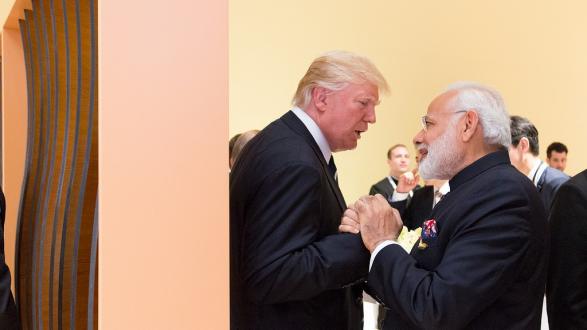Twenty years ago this month, India and Pakistan tested nuclear weapons, triggering panic attacks in foreign capitals across the globe. Up until that time, India and America didn’t always have much to say to each other. Former U.S. Ambassador to India Frank Wisner has recounted how in the mid-1990s, a trade dispute over almonds managed to qualify as the only topic of strategic significance when the leaders lunched. India’s nuclear tests, despite first provoking outrage, led to lengthy strategic talks that began to change this sleepy dynamic.
Indian leaders were tickled pink by the effective legitimation of their nuclear program (in contrast to Pakistan’s) in a historic deal under the Bush administration in 2005-2006, which not only offered India access to U.S. nuclear fuel in exchange for stronger safeguards on its bomb, but stipulated that India would keep its atomic arsenal and be able to produce weapons-grade material.
The hard reality is that Washington’s expectations don’t always line up with India’s current military, diplomatic, and economic circumstances.
But for all the remarkable changes the deal enabled, it hasn’t quite lived up to great expectations. As a recent U.S. ambassador to India acknowledged, the relationship has been "slightly underperforming" for decades.
Like its predecessors, the Trump administration appropriately sees India as a linchpin of its free and open Indo-Pacific strategy for Asia and a leading world power. But the hard reality is that Washington’s expectations don’t always line up with India’s current military, diplomatic, and economic circumstances. Unless the partners can pick up the pace in response to tectonic regional and global power shifts, the grand partnership imagined in the early aughts will fall short.
Read the full article at the New Republic.
_______________________
Atman Trivedi is a managing director at Hills & Company, International Consultants, where he advises global companies on trade, investment, and political issues with a focus on Asia.
The views and opinions expressed here are those of the author and do not necessarily reflect the official policy or position of the Pacific Council.




